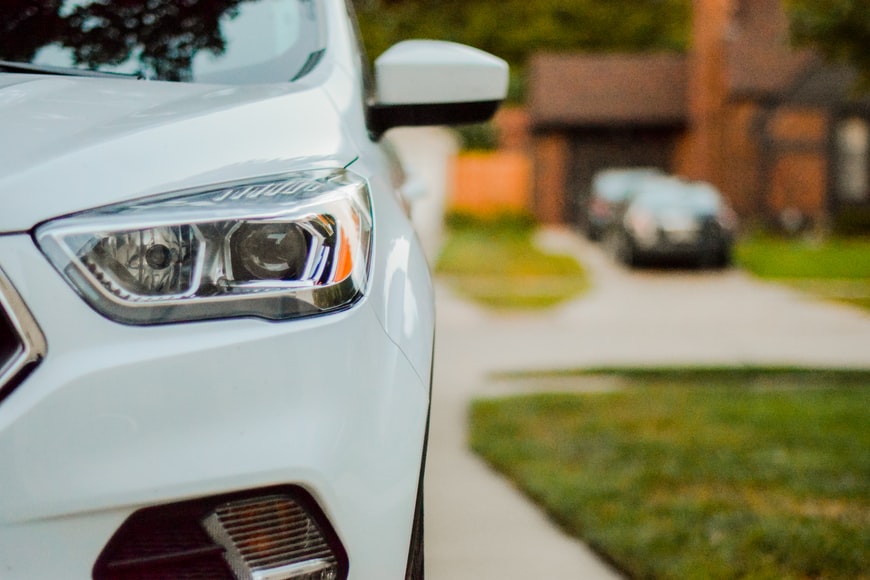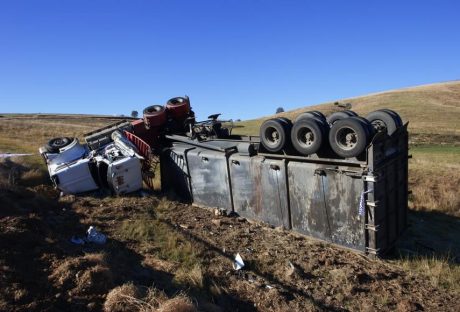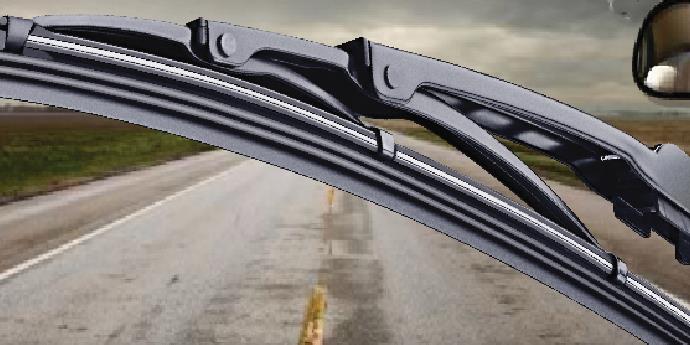If you are a new driver living in the state of New York, or if you have been driving for years but just moved to the Empire State, then chances are good that you are going to want to get your car insurance settled right away.
Driving without car insurance is not only an incredibly bad idea from a financial and legal standpoint, but it can also be incredibly harmful to your health and wellbeing if you end up getting in a crash that leads to injury. There’s an available home and auto insurance bundle if you’re interested!
For that reason, it is crucially important for every driver in the state of New York to know the cost of car insurance in New York. So let’s break down the different average prices per age of the driver, as well as the key factors that decide the price of car insurance for a given individual.
Let’s get started!
The average price of car insurance in New York
Truly, one of the most important factors that are considered when it comes to a person’s car insurance is their age. Here is a quick breakdown of different ages of drivers and the connected average prices of drivers insurances:
- 16 years old – $5,370
- 17 years old – $5,545
- 18 years old – $4,510
- 19 years old – $3,370
- 20s – $1,900
- 30s – $1,435
- 40s – $1,391
- 50s – $1,350
- 60s – $1,390
- 70s – $1,540
Deciding factors when it comes to car insurance
Obviously, age is a very important factor when it comes to the price of your car insurance in New York. However, there are a lot of other really important things that insurance providers consider when they are actually deciding on a driver’s insurance premium. Here are some of the other most important that are considered when premiums are given.
1. State requirements
One of the crucial things that will impact the price is if there are any state minimum requirements for insurance payment.
2. Car make and model
Another major factor that will always be considered when an insurance provider is handing out a premium is the make and model of the vehicle that a driver drives. Essentially, the more expensive a car is, the more expensive an insurance premium will be because any repairs needed in the future will feasibly cost more than similar repairs to a more affordable car.
3. History of traffic violations
One final crucial factor that is considered when insurance providers are giving out insurance to drivers is the history of any traffic violations that exist on a driver’s record. A speeding ticket in your past likely will not have a big impact on the price.
However, if there is a clear history of repeat offenses, or if there is a serious driving offense – such as a DWI or a reckless driving infraction – then it will very likely impact the price of your insurance for many years to come long after the infraction occurred.
While there are many other deciders in someone’s insurance, these are arguably the most important.
Read Also:
























